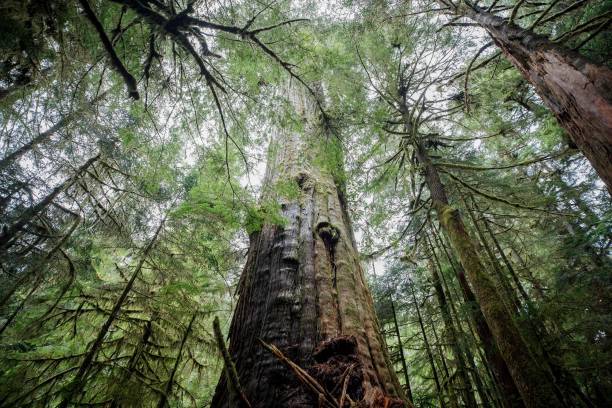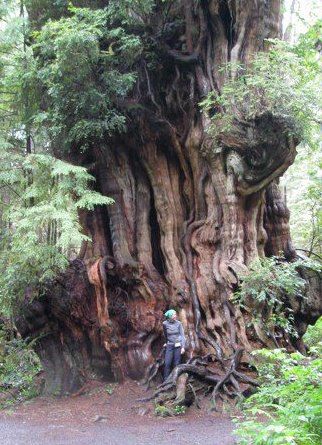
I HAVE RED CEDAR TREES Toona ciliata – Red Cedar IN 45litre to 200 litre growbags from $55 to $485 each.
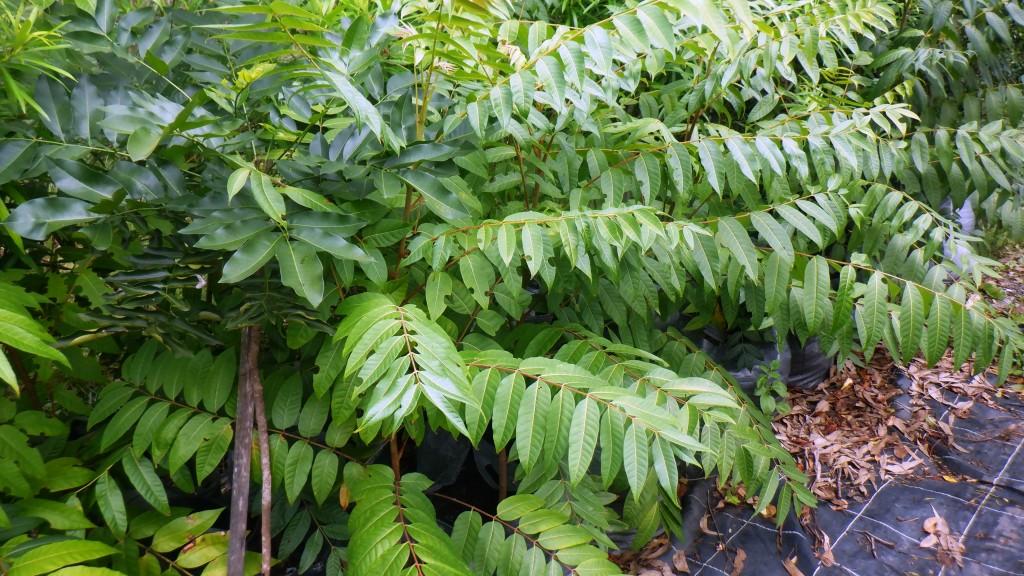
Commonly known as the red cedar, Toona ciliata is a large rainforest tree up to a height of 40–60 metres, which ranges from southern parts of Asia through New Guinea into Australia. In Australia it is found on the east coast between southern Queensland and northern New South Wales.
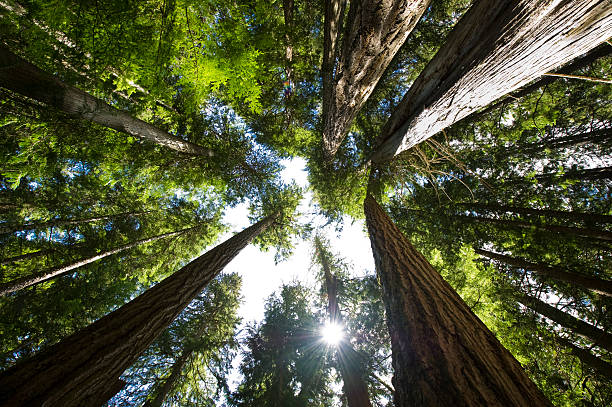
Due to its size and valuable timber this species has been extensively logged since European settlement. The timber is used in cabinetry for its softness, texture and rich red colour, hence the common name red cedar.
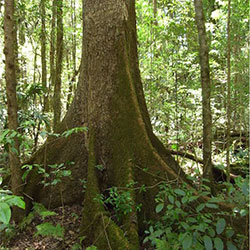
The bark of a juvenile is smooth, although mature trees have scaly, fissured bark. Even as a juvenile tree, the buttress root will be identifiable, and will develop to be quite protruding. The white or soft pink flowers are 5mm in diameter, in a 30–40 cm inflorescence and bloom in late spring (November to January).
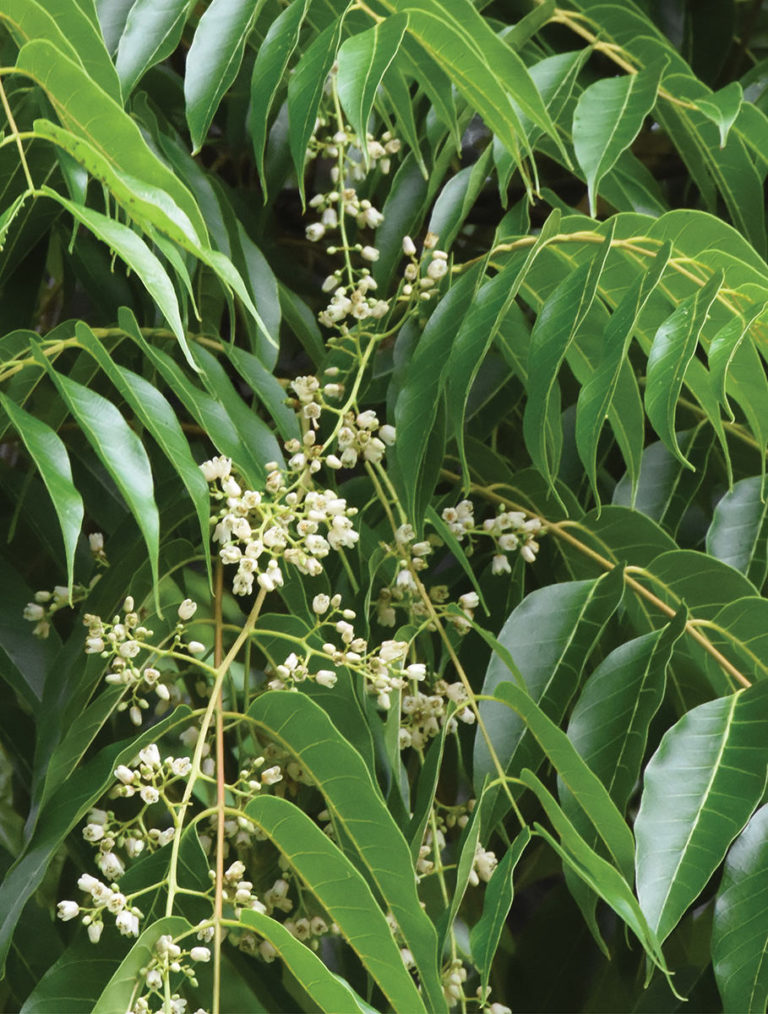
The fruit is a thin, dry, woody capsule, which splits into five valves. Fruit will develop from late summer (February to March). The seeds inside have a papery, wing shape appendage which is used in wind dispersal. Fruiting will commence from six to eight years of age.
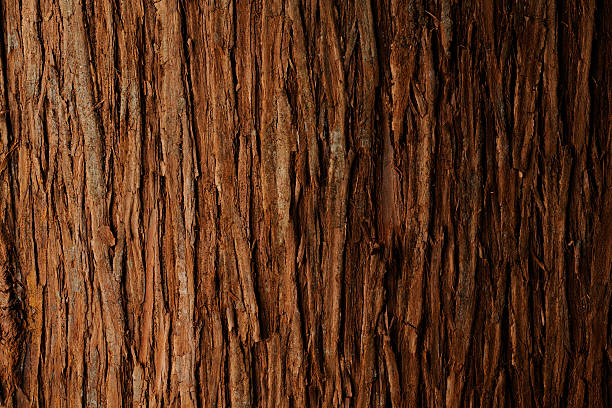
The leaves are 15–45cm long and pinnate with 6 leaflet pairs. As one of Australia’s native deciduous trees, the leaves will fall in autumn (late March) and grow back in spring (early September).
The new leaf growth is reddish pink colour.
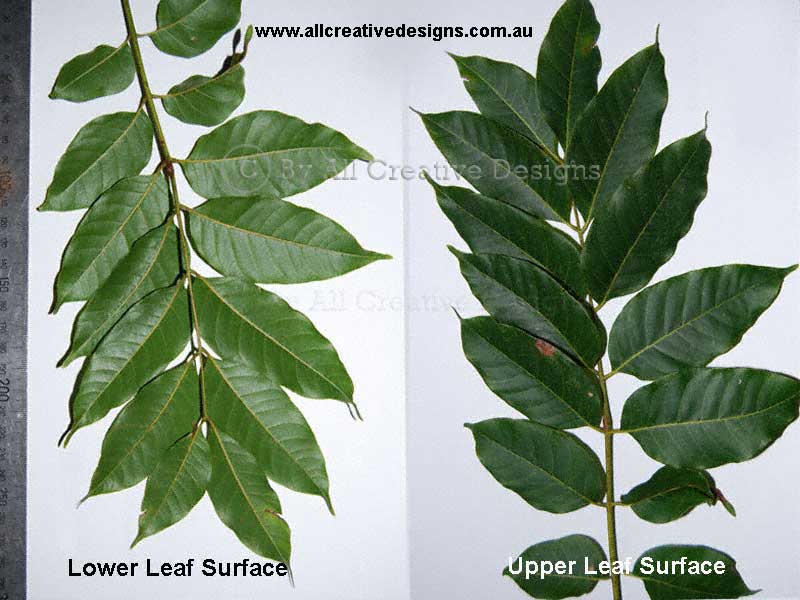
Toona ciliata requires well-drained soils with a deep profile and a high nutrient load. A cover of leaf litter is preferred, which would mimic its natural habitat.
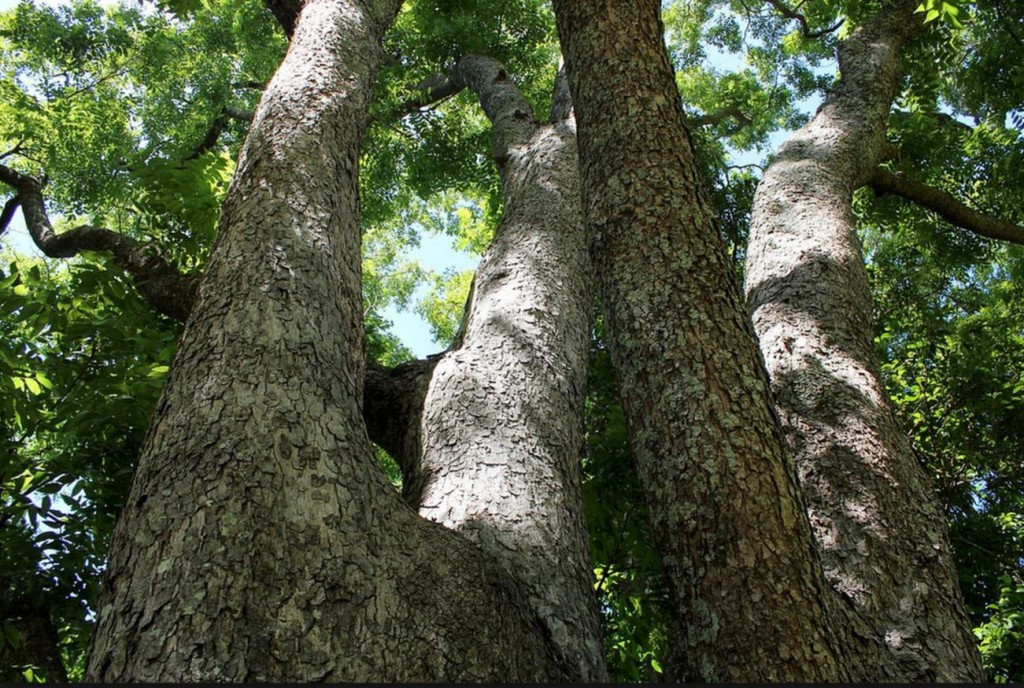
Habit of growth and tree structure depends greatly on the habitat. In sheltered areas of forest which are protected from direct sunlight, Toona ciliata has a characteristic, straight, “gun barrel” trunk which stretches to the top of the canopy. This form is ideal for timber use. Trees in open, exposed areas are shorter and have large spreading canopies, ideal for shade trees. Some scorching can be expected on the western-facing leaves of trees in exposed sites.
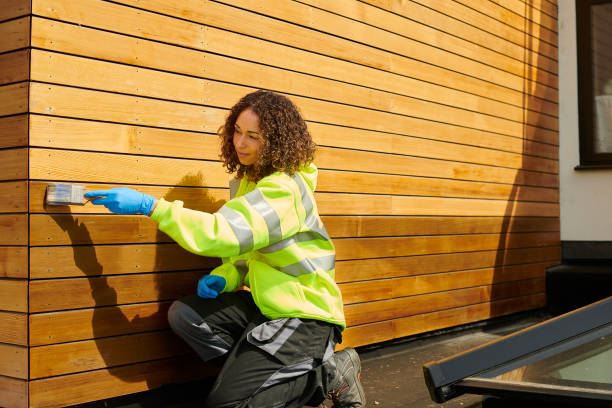
Seeds should be fresh to maximise recruitment success. Scoring or removing some flesh from the seed can help germination, which may take up to 12 months. Cuttings can be taken and propagated. However, seed germinated trees tend to have a stronger root system.
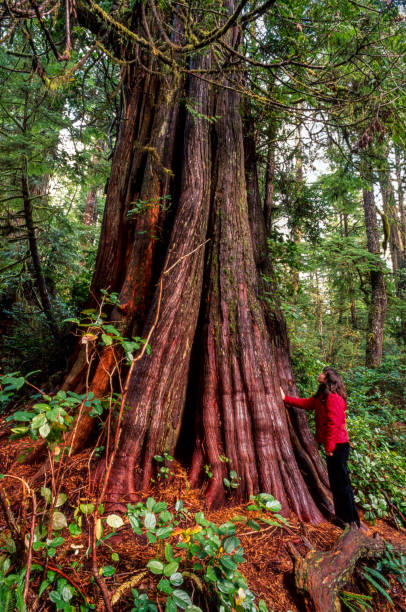
Seedlings are sensitive to lack of water (drought), fire and weed competition. Seedlings should be protected in partial shade to avoid bleaching of leaves. Trees, however, are frost hardy. The Cedar tip moth, or shoot-borer, Hypsipyla robusta, is a pest which eats out the new shoots pith. This moth larva is particularly a problem on juvenile trees, and will cause premature branching out.
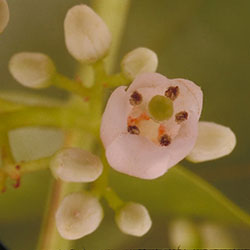
To help stabilise the immense size of these trees, most large Red Cedars are flanged or buttressed. At this time their trunk heads for the heights of the rainforest canopy with the first branches finally emerging high above the ground. The bark of older cedar is a scaly grey or brown and is often shed in oblong pieces giving the trunk a distinctive plated appearance.
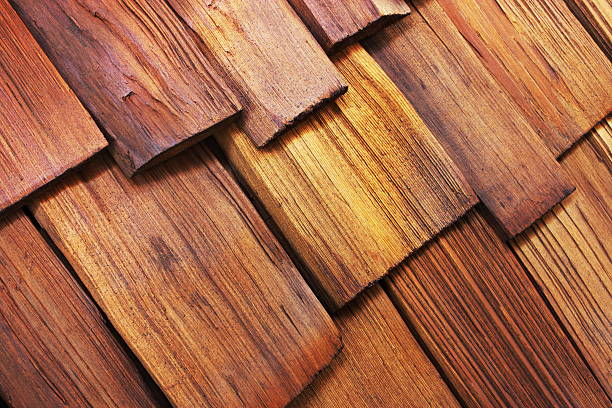
The final twist of the knife in the story of the Red Cedar is the reason why so few of those trees found today will mirror their forebear’s spectacular growth. It is also the reason why Red Cedar, despite being easily propagated, fast growing and quite hardy once established, is not being grown to any extent as a timber tree in Australia.
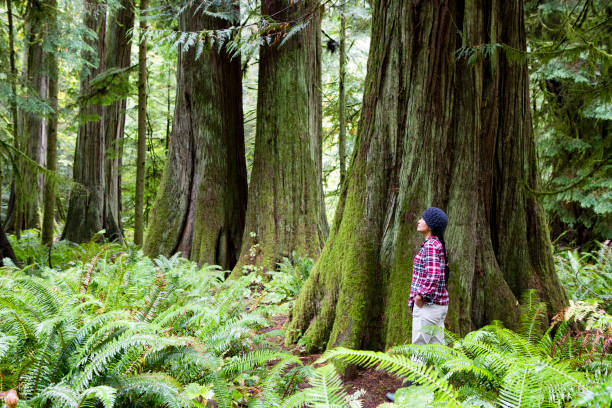
The tree has a little understood relationship with a rather non-descript brown moth, the Cedar Tip Moth or Shoot-borer (Hypsipyla robusta) in Australasia and Asia, whose larvae attack the growing tip of the plant. In young Red Cedar this invariably includes the dominant growing stem tip (the apical meristem) that is responsible for stem elongation. Many centimetres of new growth can be destroyed as the larvae munch into the succulent sapwood.
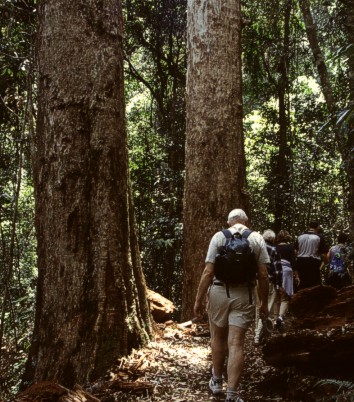
Henry Any questions or if buying, contact me HERE


